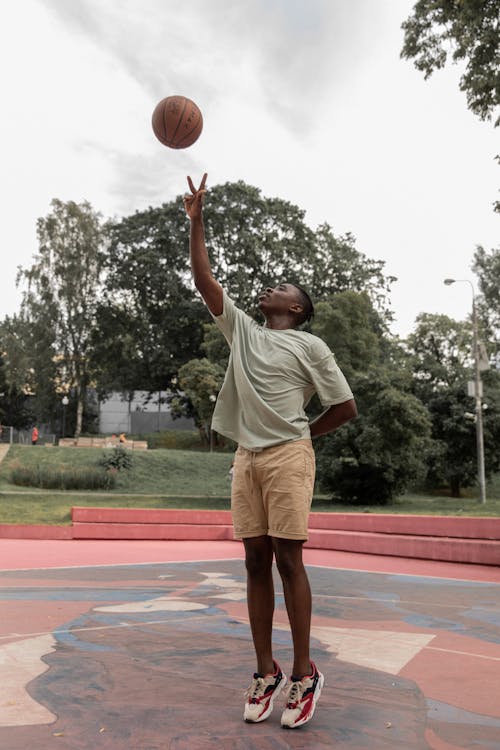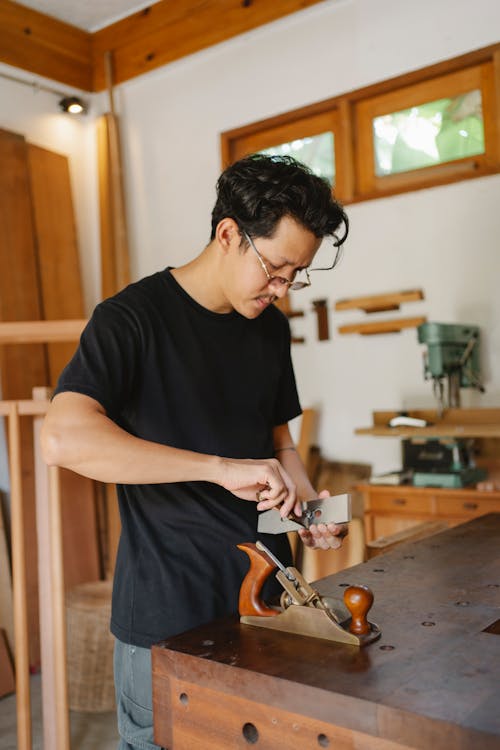Among the 16 Myers-Briggs personality types, the INFPs, along with INTPs, may share the top spot as the clumsiest personalities due to their Extraverted Sensing (Se) sitting at the 7th cognitive function.
This function is also called the Trickster or Blindspot.
Of course, not all INFPs are densely gawky or floaty. Many INFPs work hands-on jobs and have received proper training.
But while clumsiness isn’t heavy on all INFPs, we can’t deny how these idealists find consequential disconnect to their physical surroundings due to INFP Se Blindspot.
What is Extraverted Sensing (Se) Function?

Extraverted Sensing (Se) is a perceiving function that gathers information from the external world through the major senses such as sight, hearing, smell, touch, and taste.
A person leading with the Extraverted Sensing (Se) function is usually in the moment, has a quick reception of their surroundings, and provides swift responses.
Se-dominants such as ESTP and ESFP have a high physical awareness and can make great athletes, quick-witted entertainers, police officers, and communicators.
On the other hand, Introverted Sensing (Si) is a perceiving function that retains experiential memory. It deals with how a person retorts to looking at the past as a reference to dealing with new situations.
Si users such as ISFJs and ISTJs may appear old-school or traditional people as they use their past experiences to solve incoming problems.
In short, from the term extraverted, Extraverted Sensing (Se) pursues high awareness to the external world – the environment, signages, details, and reflexes.
On the other hand, Introverted Sensing (Si) covers the retained memory from how past situations made them feel.
Helpful post: How Does the INFP Mind Work? 4 Cognitive Functions Explained
INFP Extraverted Sensing (Se) Blindspot
INFP Extraverted Sensing (Se) operates at the 7th cognitive spot. It may be thought out as one’s weakness and is indeed a blindspot.
Admit it, many INFPs do struggle with living in the concrete reality. We’re often detached from the physical world and hole up within our dreamlands.
Although INFPs run hundreds of concepts and abstractions because of their Extraverted iNtuition (Ne), physical transitioning – like learning new skills, replacing our beloved phones, the sense of direction, and changing dress styles – may need some effort.
Although INFPs are deep thinkers to anything conceptual and people-oriented, INFPs pay less attention to surface-level tangible details.
Are INFP Clumsy?
In normal cases, where attentiveness isn’t a must, INFPs come off as clumsy and unaware of where their body goes. They bump their shoulders onto walls, stub their toes, or miscalculate their strength. But although they may appear clumsy at first, INFPs can grow into a task, gather experiential memory, and be efficient even at multi-tasking.
Truth is, INFPs struggle to remember unnecessary concrete details, especially if it doesn’t interest them. Indeed, this is due to the Se-Blindspot.
If you’re an INFP, do you easily forget what color your friend was wearing after you parted ways? Can you describe a suspect for a composite sketch? Wait, do you even look at strangers?
As for me, my mind drifts away during travels, so I (unfortunately) often miss landmarks. Even my friend’s home which I visited, like forever, tends to be a maze after a few months. It just doesn’t register!
Are you having these issues, too? If yes, here are the things you can do to reduce INFP clumsiness and improve INFP Se Blindspot.
How to Improve INFP Se Blindspot
Here are 5 ways you can improve the INFP Trickster Se.
1. Don’t be afraid to ask how you appear to other people.
One thing I noticed my ENFJ friend (an Se user) does is querying how she appears to people.
Being her best friend, she asks me the weirdest questions like, “Do I smell? What does my breath smell like?” Like, what the heck. I never asked these questions my entire INFP life, but here she goes, asking them casually.
In this aspect, we were polar opposites because I feared people’s criticisms.
But recently, I realized how asking people’s opinions is a clever response to aid our Se-blindspot.
That said, the best decision I made was to swallow my pride and ask my best friend frankly how I looked. She gave me funny, yet honest comments and advised me what I could change.
Fortunately, for shy INFPs, asking people’s advice brings forth confidence and tolerance of criticisms. It’s a staircase to improving yourself.
You may also like: How Do People See INFP? Is INFP Personality Good or Bad?
2. Monitor your movements, mannerisms, and speaking voice through videos.
Are you crouching your back? Do you have mannerisms? Ever did facial expressions that seem rude to people?
To be honest, many INFPs are oblivious of how they appear to others. Sadly, they may have off-putting and unflattering body movements.
That said, aside from asking people around, you can record your actions, too. It gives you a real-life reference and information on which areas to improve.
As a beginner, I recorded myself playing badminton and gathered insights to brush up my movements. I listened to my recorded discussions and worked on my intonations. Also, involving myself in a podcast pinpointed my weaknesses in communication skills.
Back then, I don’t understand why people take videos of themselves too often. I even saw it as vanity. But now, as someone lacking Se, I find these references extremely useful. You can do it, too.
3. Snap out of your imaginations and study your surroundings.
Don’t just sit delving in dreamland. Instead, navigate and study your surroundings. Check how other people do tasks and try it yourself.
Traveling? You can use navigation apps but also pay attention to landmarks and the corners you turned to.
Procedures? Write down the steps in detail and practice.
Into sports? Go back to basic body movements, watch how your body twists, and eliminate excessive actions.
You can also read self-help books for INFP and see for yourself how it works.

4. Develop your fashion sense.
Extraverted Sensing (Se) means providing a good experience to people, too, so it means dressing up, smelling good, and looking tidy. Unfortunately, many INFPs stick to their old styles and pay no heed to social trends.
But part of improving Se is to train yourself with fashion.
That said, check how the people around you present themselves. Recognize your body shape. Exercise.
Dress in style and choose the correct clothes size. Wear neutral colors. Take care of your hair. For men, keep your beard well-groomed.
You may like this post: 5 Tips How Introverted Guys Can Attract a Girl Without Talking to Her
5. Involve yourself in physical activities.
INFPs have a rich inner mind. Unfortunately, staying too much inside their heads disconnects them from the external world.
One example is when INFPs read lines aloud. When reading, INFPs sometimes retort to their inner world and mentally read the words way ahead of their lips. As a result, they lose track or stutter.
Truth is, when these idealists creep back to their inner world instead of focusing on what is, it starts to dwindle their performance. They halt as they struggle with a mental block or succumb to self-consciousness.
Please remember, you don’t need to overthink every situation. Stop overthinking about what to say or how to say it.
Moreover, involving yourself in mind-body coordination or reflex activities will help you improve Se. Here are a few activities you can try:
- Physical sports
- Social interaction
- Dancing
- Navigating towns
- Martial Arts
- Play musical instruments
There you go. Here are the things you can do to reduce INFP clumsiness and improve INFP Se Blindspot. Hope you start working on these tips.
Thanks for reading!
-M.Mathias
Liked this post? Show your support here!
You may also like:
- INFP Sadness and How to Overcome It
- How to Spot INFP: 9 Signs You’re Talking with One
- 5 Amusing Advantages of Being an INFP

